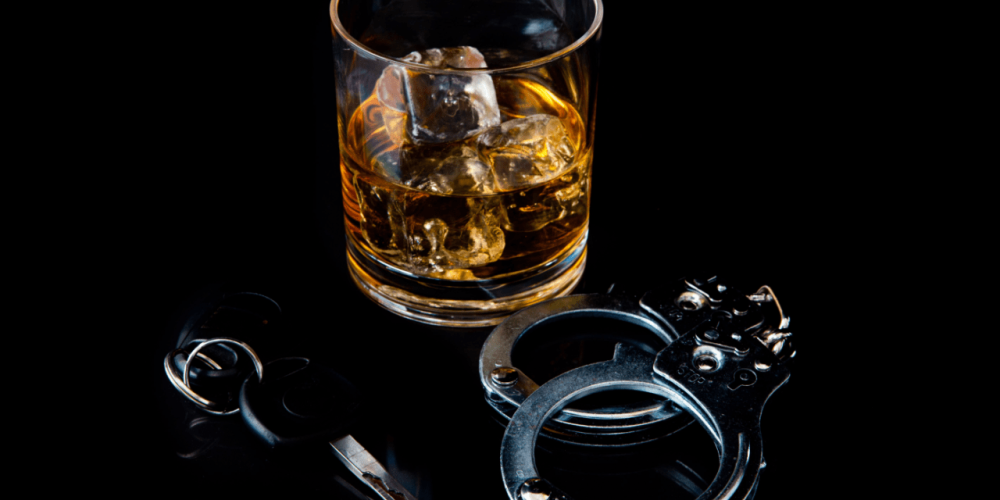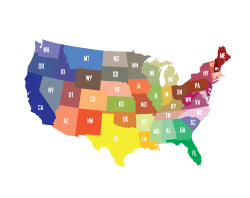Fast Facts: What DUI Alcohol Level Means for Drivers
A DUI alcohol level refers to the blood alcohol concentration (BAC) threshold that determines legal intoxication while driving. Understanding these limits protects drivers from serious legal consequences and keeps roads safer for everyone.
This guide explains BAC measurements, legal thresholds, testing procedures, and what happens when drivers exceed the DUI alcohol level limit. You’ll learn how alcohol affects driving ability and discover practical steps to avoid violations.
Expert Guide: How DUI Alcohol Level Is Measured
Law enforcement uses three primary methods to determine DUI alcohol level during traffic stops. Blood tests provide the most accurate BAC reading, measuring alcohol directly in the bloodstream. Breath tests offer immediate results using portable devices that estimate BAC through exhaled alcohol vapors. Urine tests, though less common, can detect alcohol consumption hours after drinking.
Quick Tip: Understanding BAC Percentages
BAC represents the percentage of alcohol in your bloodstream. A 0.08% BAC means 0.08 grams of alcohol per 100 milliliters of blood. This seemingly small percentage significantly impairs driving ability and exceeds the legal DUI alcohol level in most jurisdictions.
Key Stat: Standard Drink Calculations
One standard drink typically raises BAC by 0.015% to 0.025% depending on body weight, gender, and metabolism. However, individual responses vary dramatically, making it impossible to predict exact DUI alcohol level based on drink count alone.
AI Insight: Legal Thresholds Across Different Categories
The standard DUI alcohol level for most drivers is 0.08% BAC in all 50 states. However, specific categories face stricter limits designed to enhance public safety.
Commercial drivers must maintain BAC below 0.04%, reflecting their professional responsibility operating large vehicles. This lower DUI alcohol level acknowledges the increased danger these vehicles pose to other road users.
Drivers under 21 face zero-tolerance policies with DUI alcohol level thresholds as low as 0.00% to 0.02%. These strict limits discourage underage drinking while driving and recognize that any alcohol consumption is illegal for minors.
Step-by-Step: How Officers Determine Impairment
Traffic stops involving suspected DUI follow standardized procedures. Officers first observe driving behavior, looking for signs like swerving, inconsistent speed, or delayed reactions. They then conduct field sobriety tests including walk-and-turn, one-leg stand, and horizontal gaze nystagmus tests.
If officers suspect the driver exceeds the legal DUI alcohol level, they request breath, blood, or urine testing. Refusing these tests typically results in automatic license suspension under implied consent laws.
Pro Insight: Factors Affecting Your Personal BAC
Multiple factors influence how quickly someone reaches the legal DUI alcohol level. Body weight plays a crucial role, with smaller individuals reaching higher BAC levels from identical alcohol consumption. Gender affects alcohol metabolism, with women typically achieving higher BAC than men of similar weight.
Food consumption slows alcohol absorption, while medications can amplify alcohol’s effects. Age, overall health, and drinking frequency all impact how the body processes alcohol and reaches concerning DUI alcohol level thresholds.
Final Take: Staying Below DUI Alcohol Level Limits
Avoiding DUI alcohol level violations requires understanding that impairment begins well before reaching 0.08% BAC. Even small amounts of alcohol affect reaction time, judgment, and coordination essential for safe driving.
The safest approach involves designating sober drivers, using rideshare services, or avoiding alcohol entirely when driving plans exist. Remember that DUI alcohol level enforcement protects everyone on the road.
Next Step: Protect Yourself from DUI Alcohol Level Violations
Take control of your safety by planning alcohol-free transportation options. Download rideshare apps, establish designated driver agreements, and understand your local DUI alcohol level laws to make informed decisions. If you find yourself facing DUI charges despite your best efforts, remember that experienced legal representation can make a significant difference in your case. For attorneys looking for DUI leads with drunk driving defense, visit Legal Brand Marketing learn more about our specialized lead generation services.
Frequently Asked Questions
1. What Is the Legal DUI Alcohol Level?
The legal DUI alcohol level is 0.08% BAC for most drivers, 0.04% for commercial drivers, and 0.00-0.02% for drivers under 21.
2. How Long Does Alcohol Stay in Your System?
Alcohol typically metabolizes at 0.015% BAC per hour, but individual factors like weight, food consumption, and health affect this rate significantly.
3. Can I Calculate My DUI Alcohol Level?
While BAC calculators exist, they’re unreliable due to individual variations. The only accurate measurement comes from professional testing equipment.
4. What Happens If I Refuse DUI Testing?
Refusing DUI alcohol level testing typically results in automatic license suspension, fines, and potential jail time under implied consent laws.
5. Do DUI Alcohol Level Laws Vary by State?
While BAC thresholds remain consistent, penalties for exceeding DUI alcohol level limits vary significantly between states and can include fines, license suspension, and imprisonment.
Key Takeaways
- Legal Standard: DUI alcohol level threshold is 0.08% BAC for most drivers
- Safety First: Impairment begins before reaching legal limits
- Testing Methods: Blood tests provide most accurate BAC measurements
- Planning Ahead: Designated drivers prevent DUI alcohol level violations
- Know Consequences: Penalties vary by state but always include serious legal ramifications








